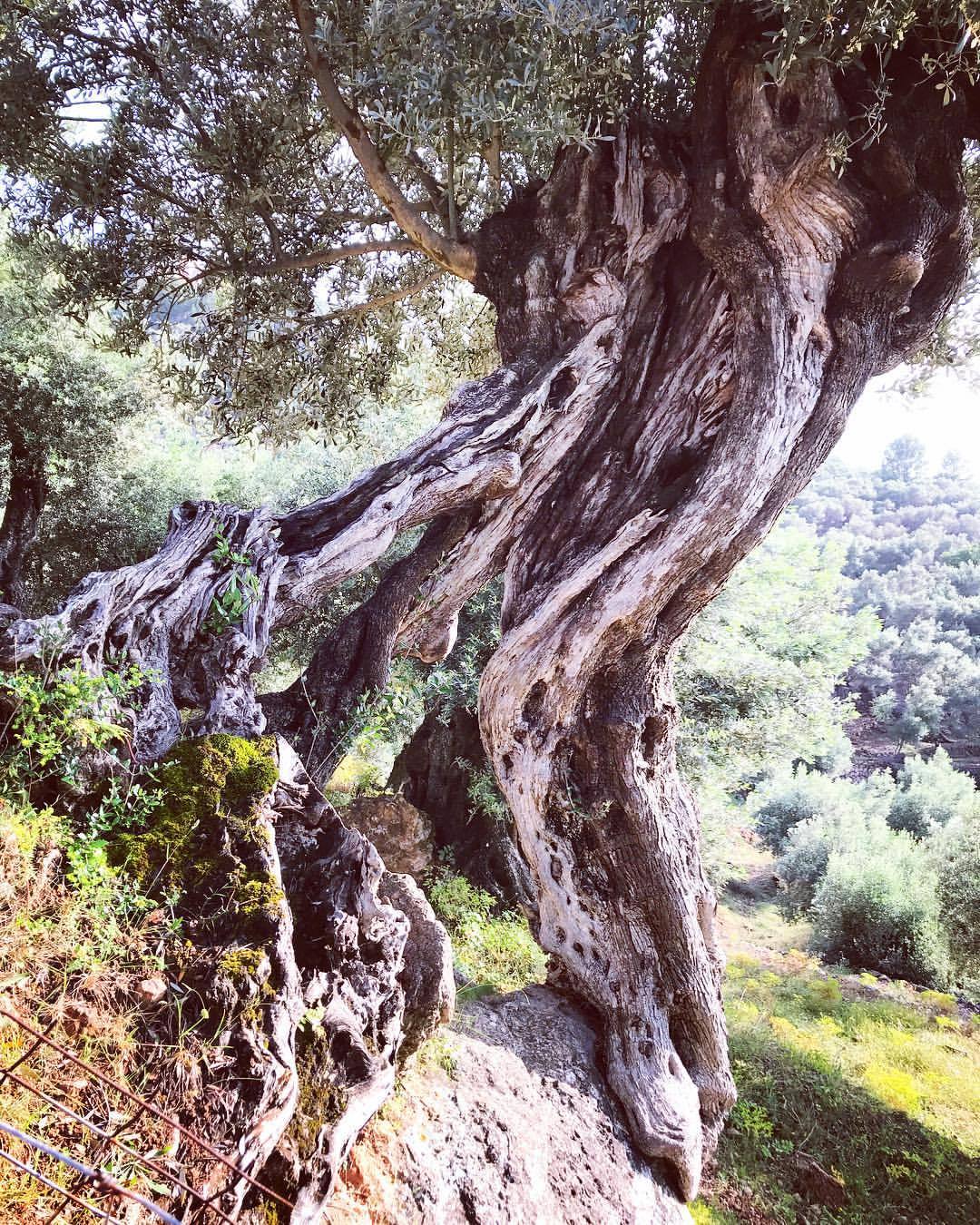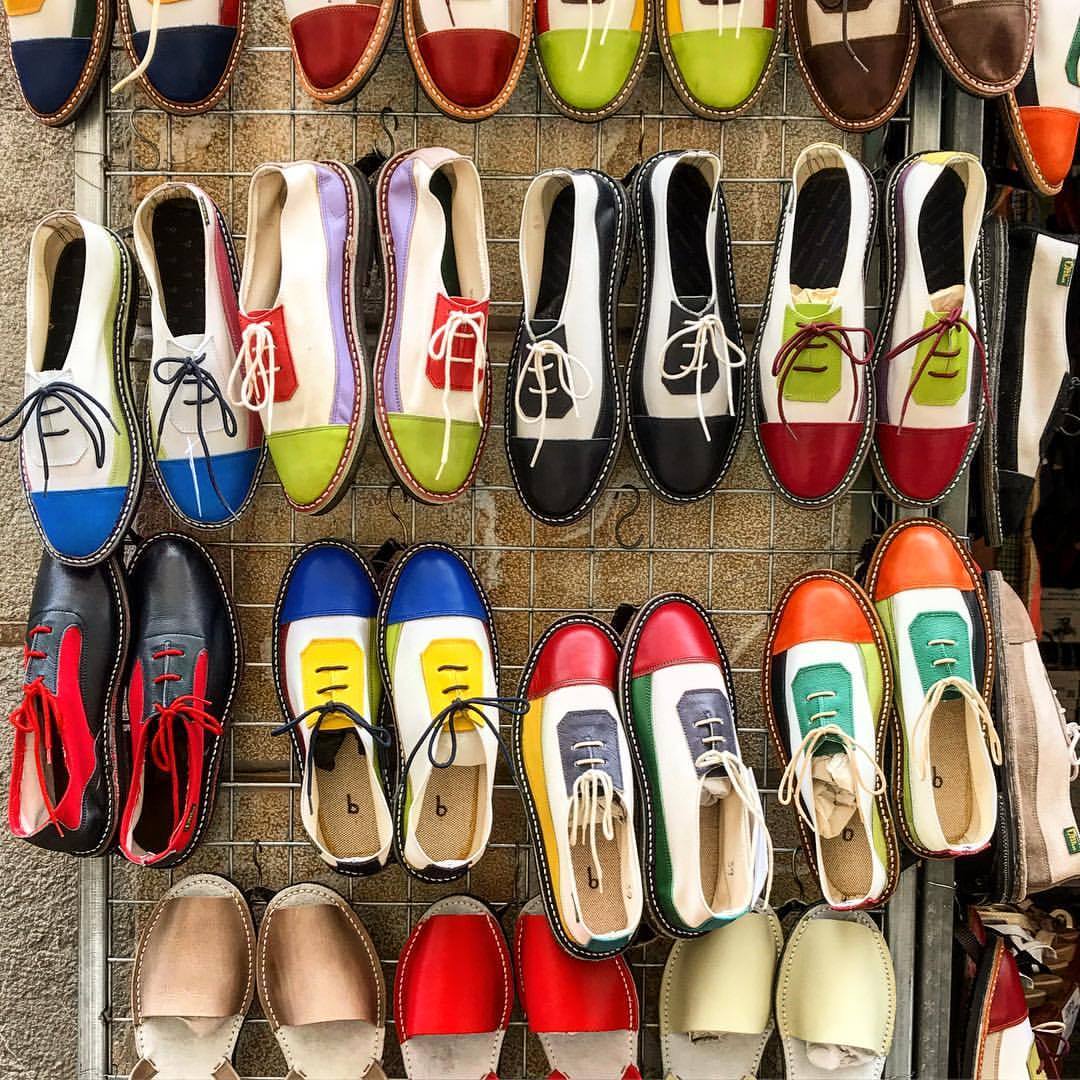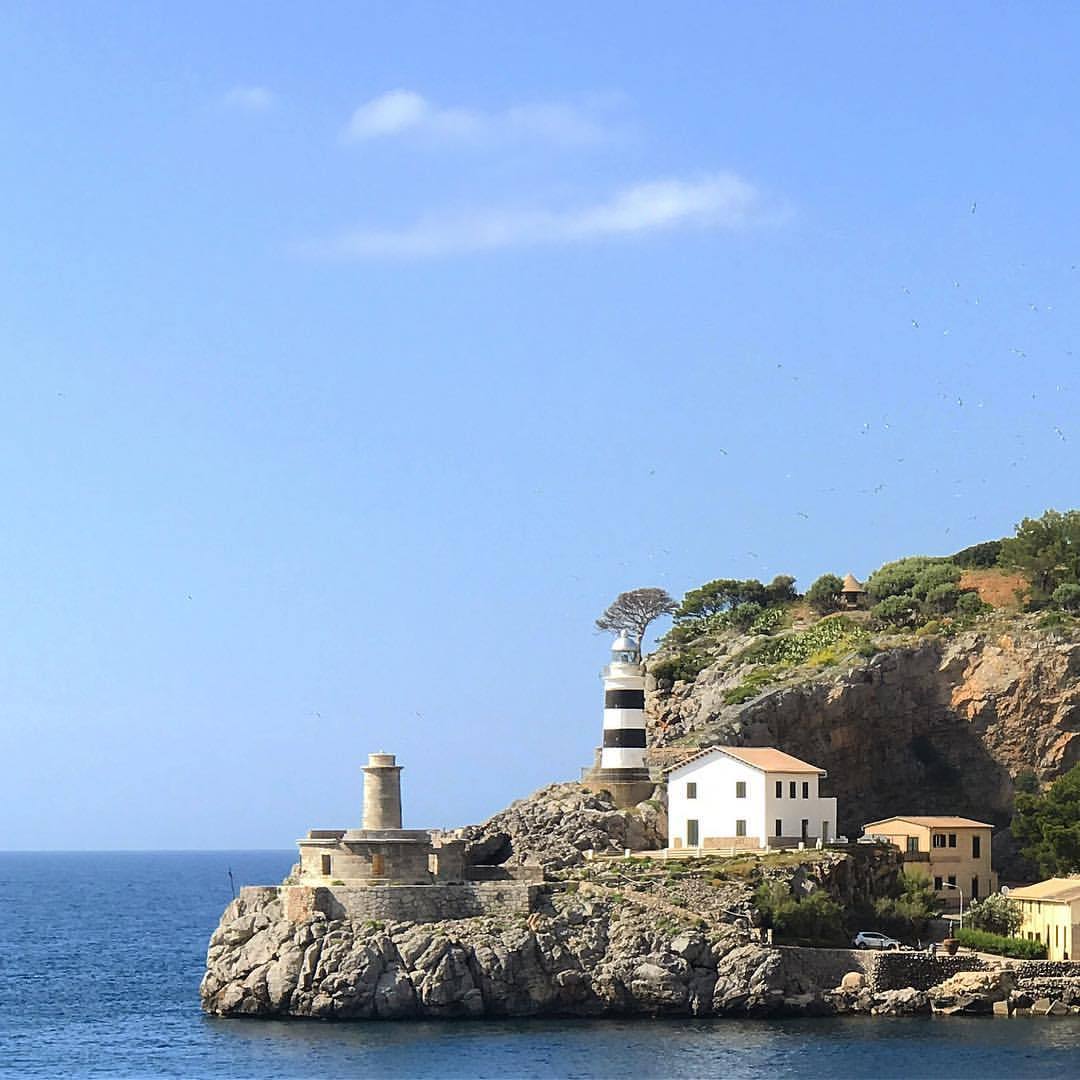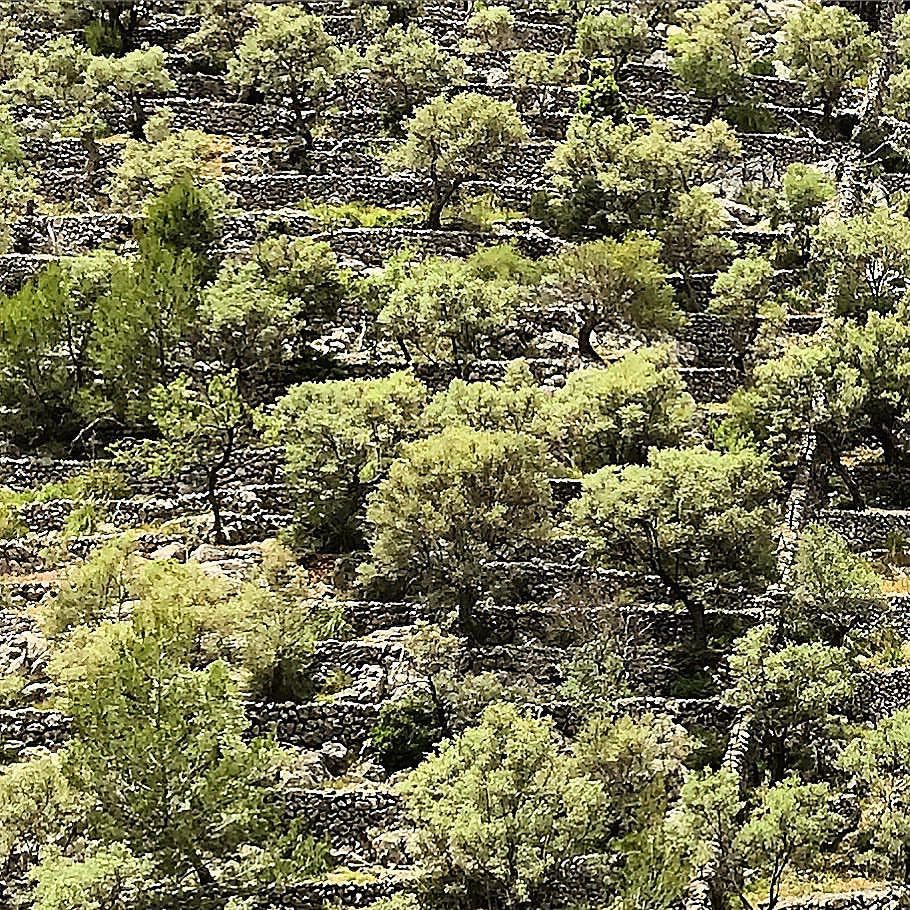A moment in Barcelona…
-
#spain #barcelona #citylife #publicspace (at Barcelona Cathedral)
More than eight hours traveled for a forty minute journey. Jostled, shoved, line jumped and coughed on by the entire rainbow of humanity, I was quite done with the whole bloody planet.
But I was also hungry.
Famished, in fact, with an evening in a city known for food.
A long day of stale nuts, shitty coffee and ineffectual edibles meant low blood sugar and a black mood, but a soak and sleep weren’t on the menu. A late reservation at a favorite tapas bar, terminology that dishes a disservice to this spot, found us at a tall table tucked in a corner sweetly knocking knees instead of tiredly trading snark.
The sommelier was dispatched with a clear mandate: affordable Rioja with age and old-world funk, more horse’s ass than cherry wood. The server offered to just simply feed us, inquiring about preferences and sparing my oft-embarrassment of being told that, indeed and once again, in my excitement and hunger, I’d ordered too much.
-
A slow parade of food revived spent spirits: cockles cooked in a wood oven with sherry and onion and mopping up bread; wild mushrooms from the mountainous north dressed in nothing more than oil and chopped parsley and woodsmoke, the fungis’ natural liquor releasing and combining, a Marilyn Monroe wearing only Chanel No. 5; John Dory roasted whole in butter and wine on a bed of mandolined potato, surrounded by spring peas and asparagus and turnips, the fish’s flesh dusted with Mediterranean herb; Iberian pork cooked tender with garlic and smoked pepper and buried under a pile of wilted greens, their vivid color making me feel almost virtuous in their consumption.
We ate out of sizzling cast iron and copper, dragging bread crusts and fingers through the last dregs of flavor, the ‘95 Artadi blossoming like a dusky rose, Mrs. Robinson in a glass.
Nourished body and nurtured soul allows a fortified return to the land of the living.
But not yet.
Gawd, not yet.
There’s still herbal liqueur to be had, heady and sweet, made by monks in Spain’s arid south; tisane of mint snipped from overgrown pots; and the first of summer’s strawberries perched on porcelain flan, jiggling like a flamenco dancer’s headdress.
-
#spain #barcelona #tapas (at Bar Mut)
Calamari on the grill.
-
#spain #barcelona #food #tapas #cantstopeating (at Barcelona, Spain)
Mallorca’s shoe-making tradition dates to the 19th century, after the island’s wine industry was devastated, its vineyards destroyed by an aphid infestation. Forced to take up other trades, many Mallorquins began working with leather and a shoe making industry was born.
The first design of the Mallorcan shoe brand, Camper (named with the Catalan word for peasant, camperol), was based on those worn by Mallorquin farmers in the fields more than a century ago (originally made from old fabric and a piece of tire rubber). Camper’s founding family have been shoemakers in Mallorca since the 1800s and introduced the first sewing machines and modern techniques to the island following a trip to England. There remain only a handful of shoemakers, though most are still family-run businesses.
-
#spain #mallorca #shoes #tradition (at Inca, Islas Baleares, Spain)
The first terraced agriculture in Spain dates to second millennia B.C.
The combination of water harvesting and aqueduct know-how brought by Arabs, along with the agricultural understanding and territorial control system introduced by Christian conquerors of Mallorca in 13th century mean terraces have been constructed and repaired continuously.
Terraces were also cultivated during the 18th and 19th centuries to compensate for loss of income caused by crises in the Spanish textile industry and the transhumance system (the practice of moving livestock from one grazing ground to another in a seasonal cycle, typically to lowlands in winter and highlands in summer).
In the late 20th century, bench terraced fields were abandoned, triggering shrub invasion and deterioration.
But in the mountainous regions of Mallorca, terraced landscapes are valued for protecting the land. The European Union now includes these agricultural terraced landscapes in their plans for conservation. (Boletín Association Geografos Espanoles, 2013)
The mountains and hills are covered in highly intricate systems of terracing and planted to ancient olive, carob and almond trees.
-
#spain #mallorca #terracedagriculture #farm
(at Cala Deià, Mallorca)


















